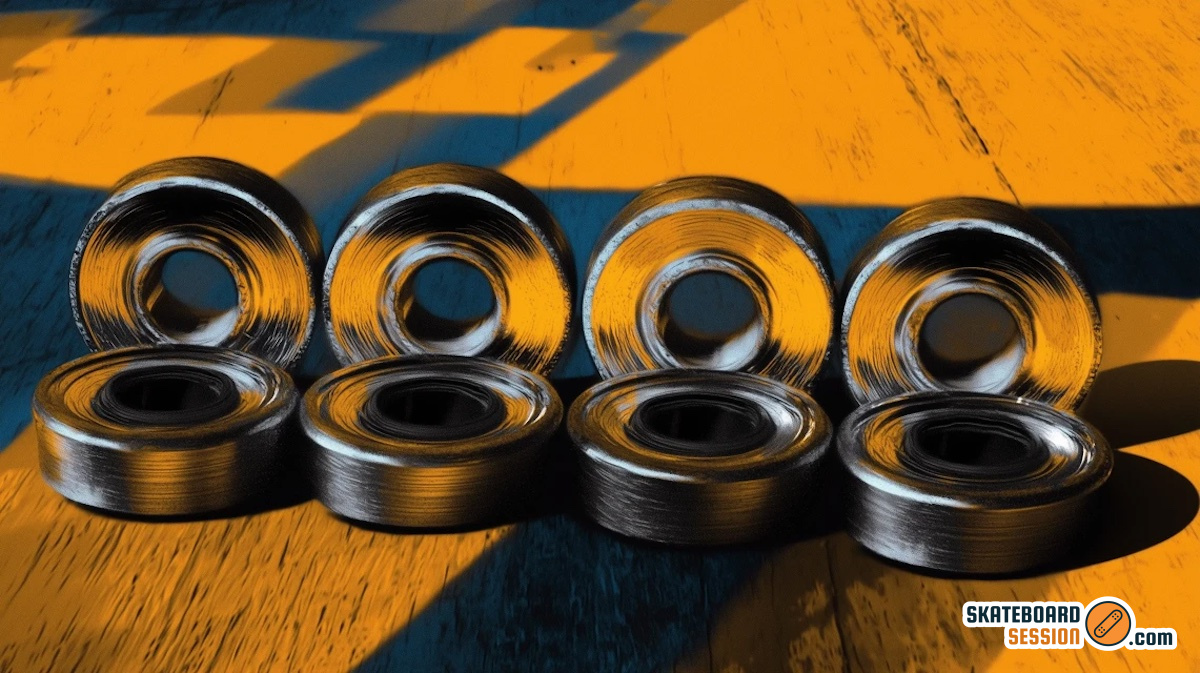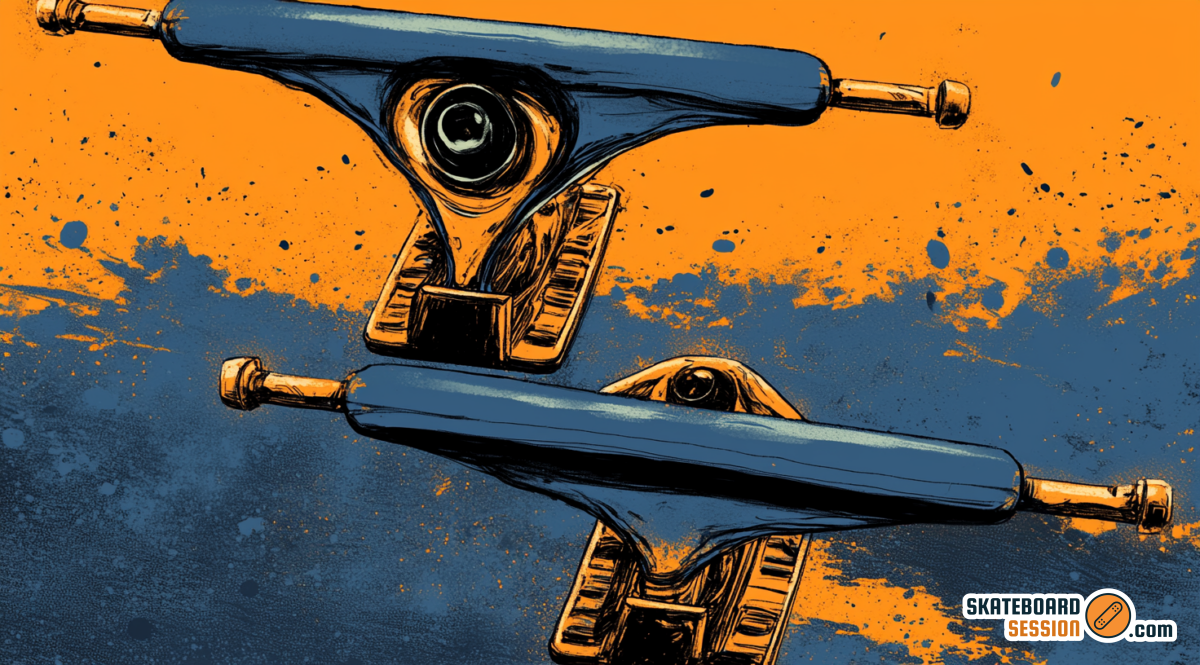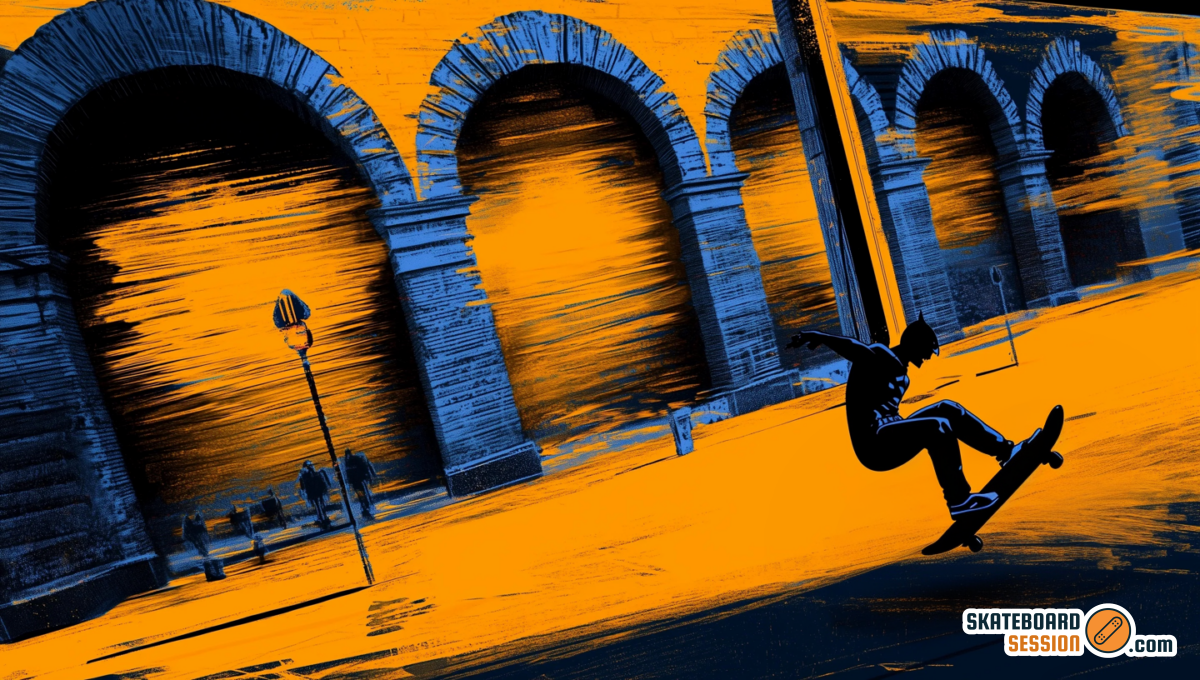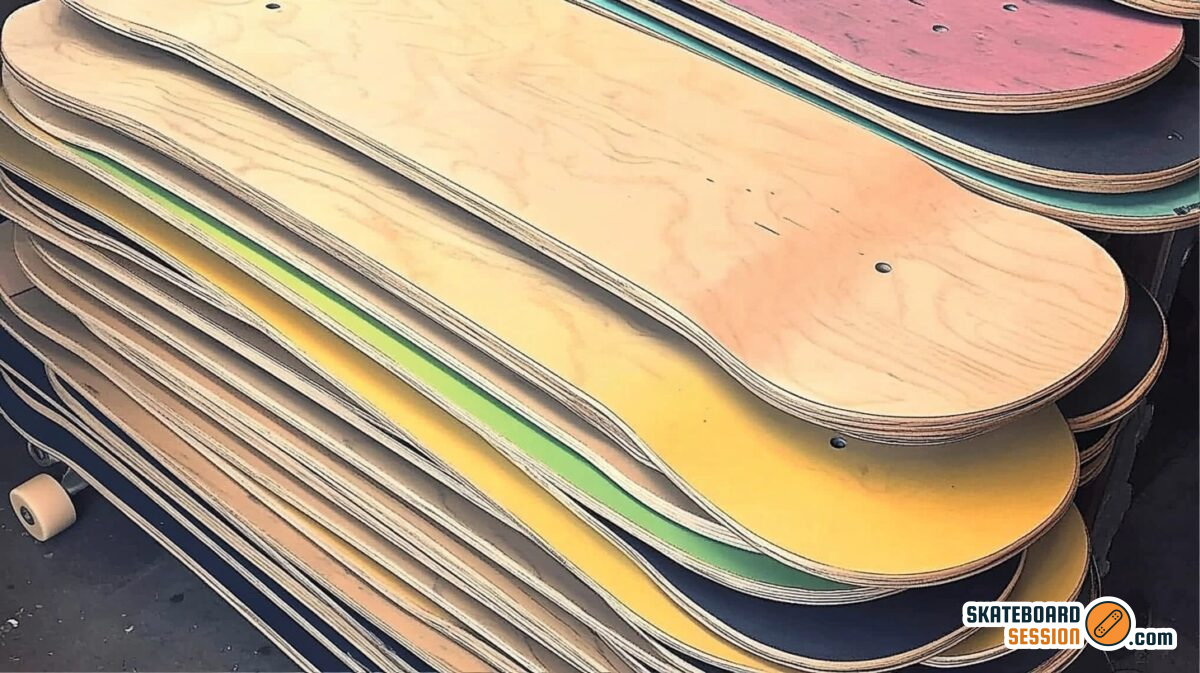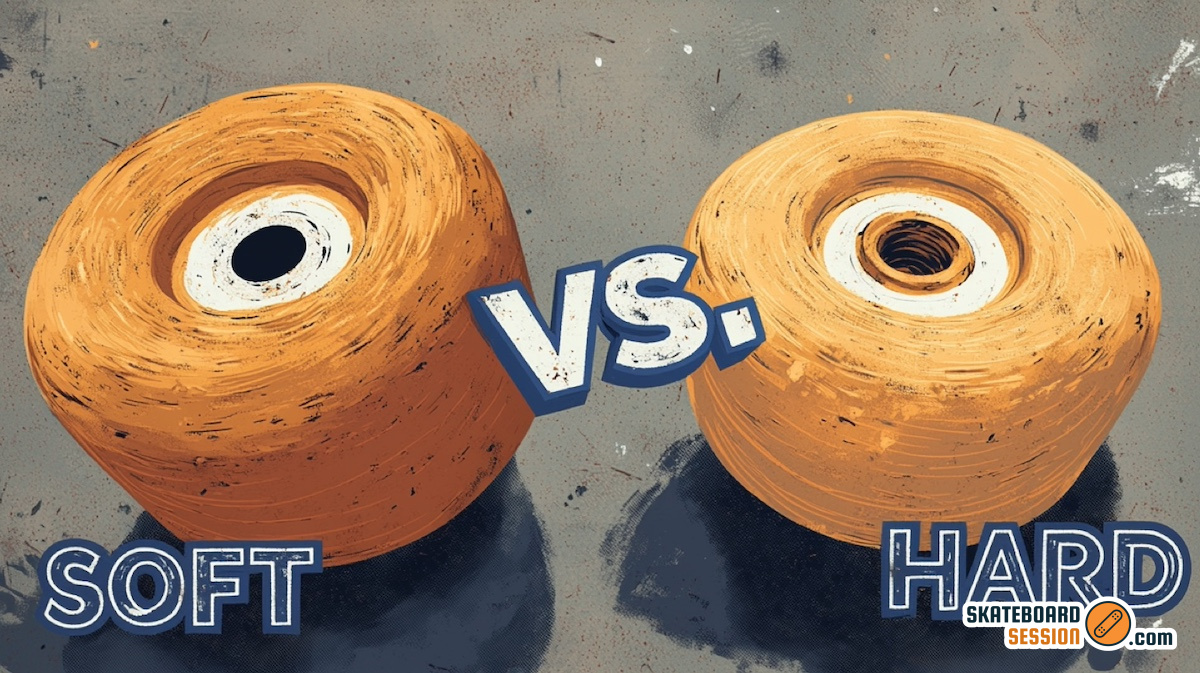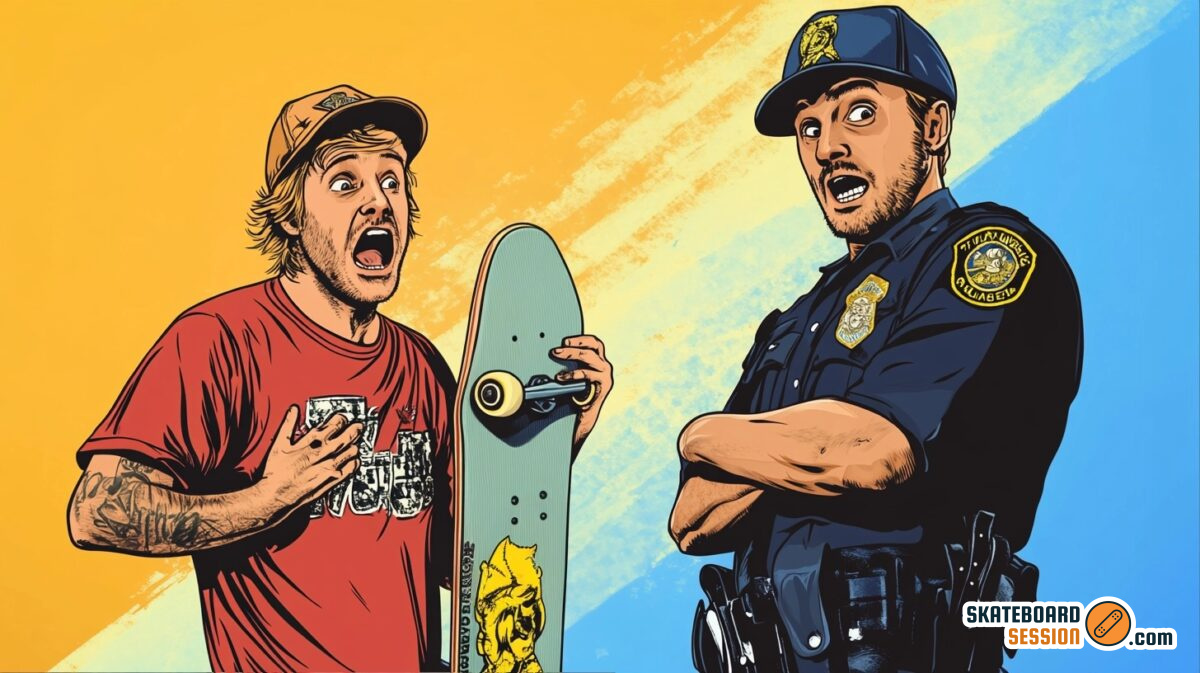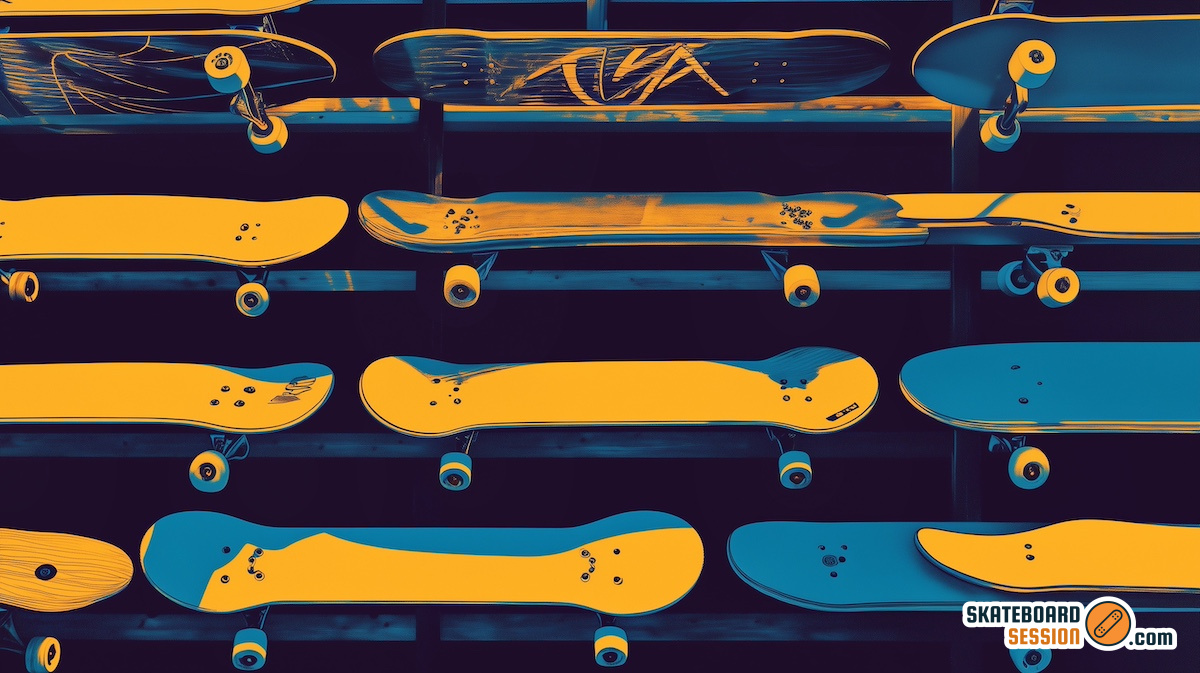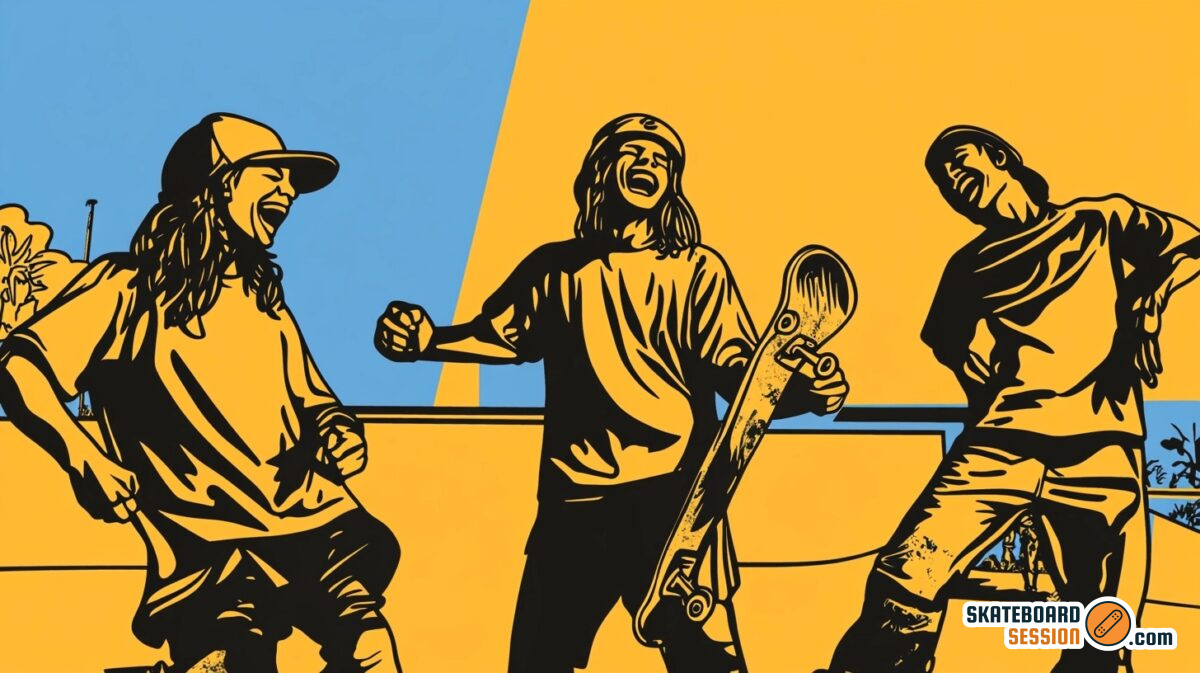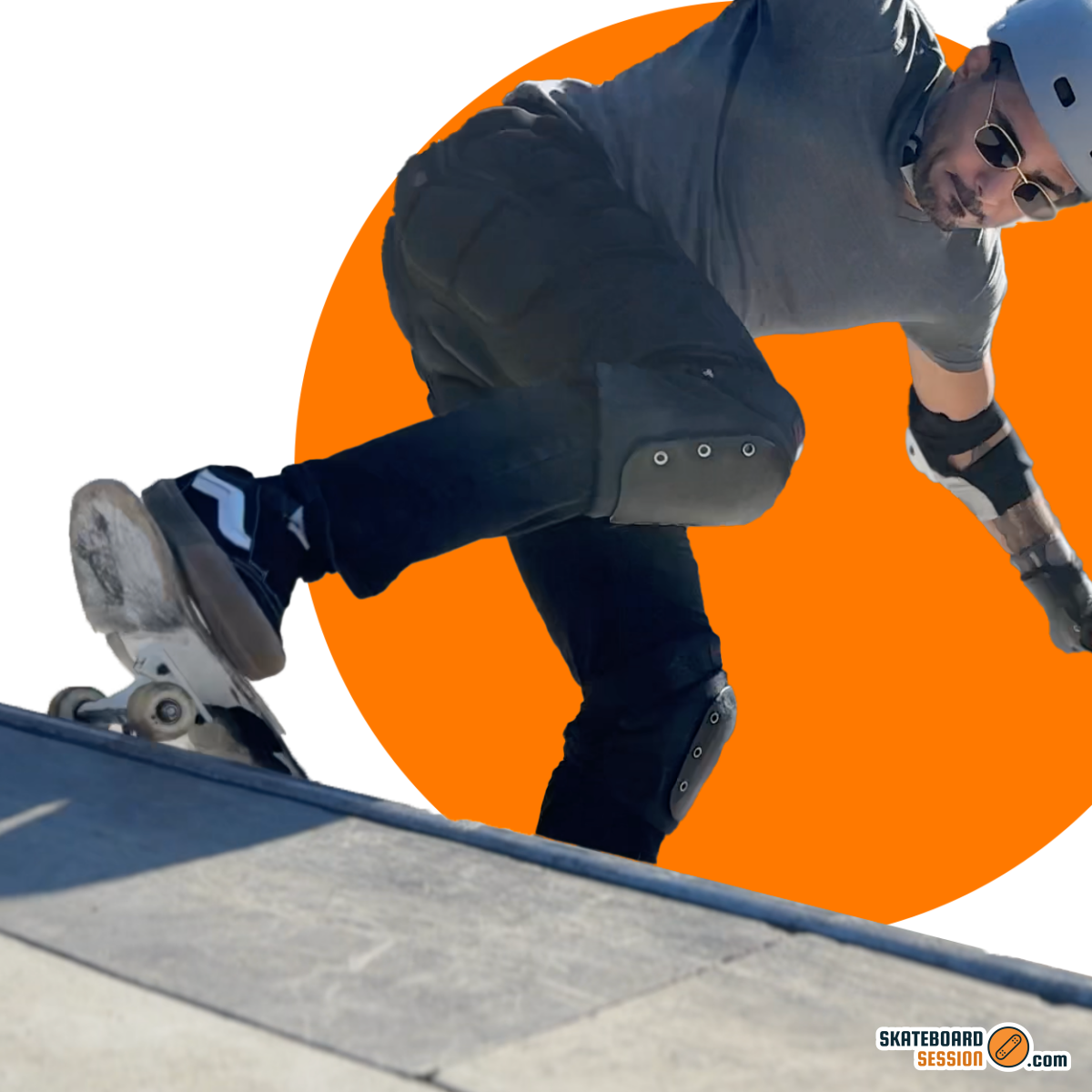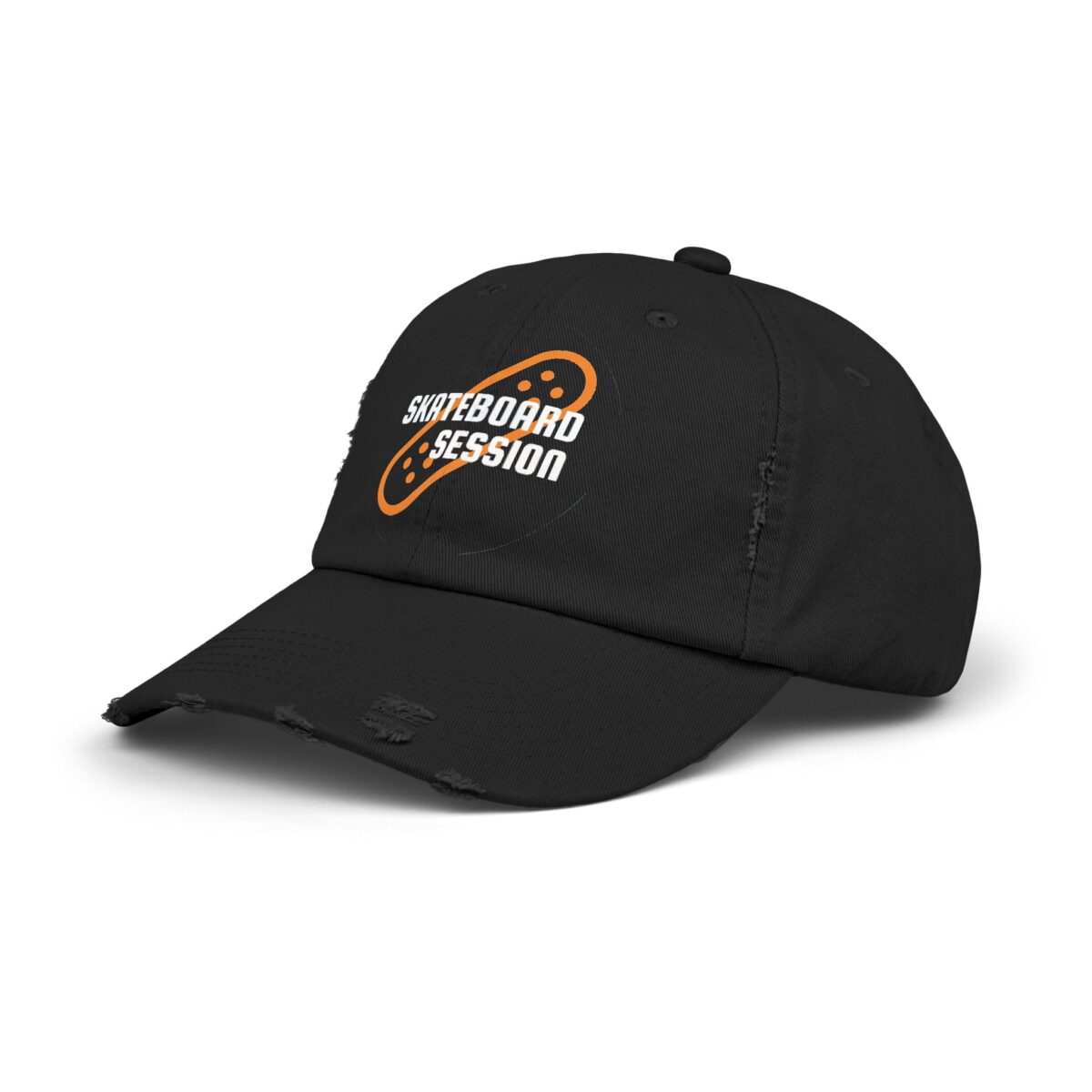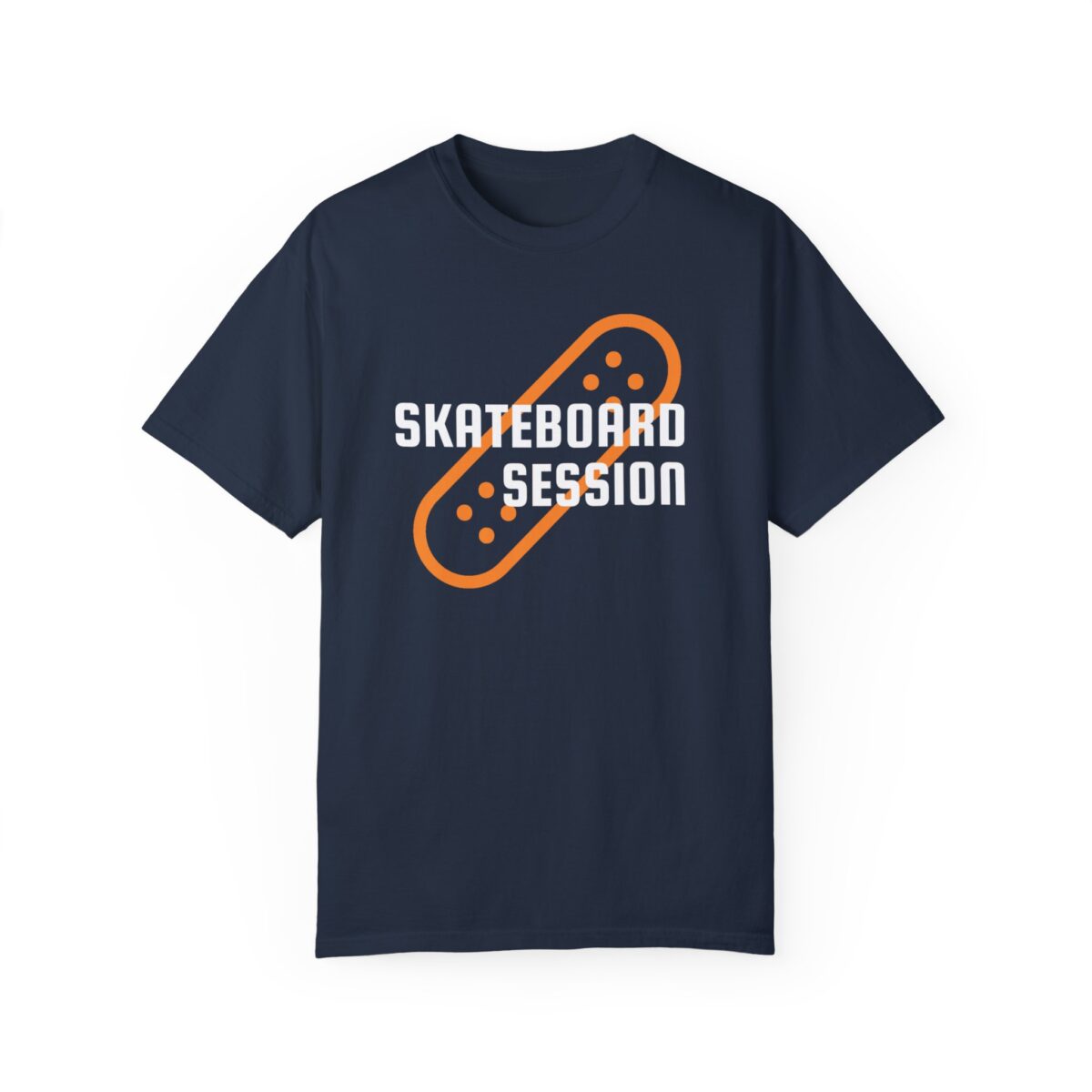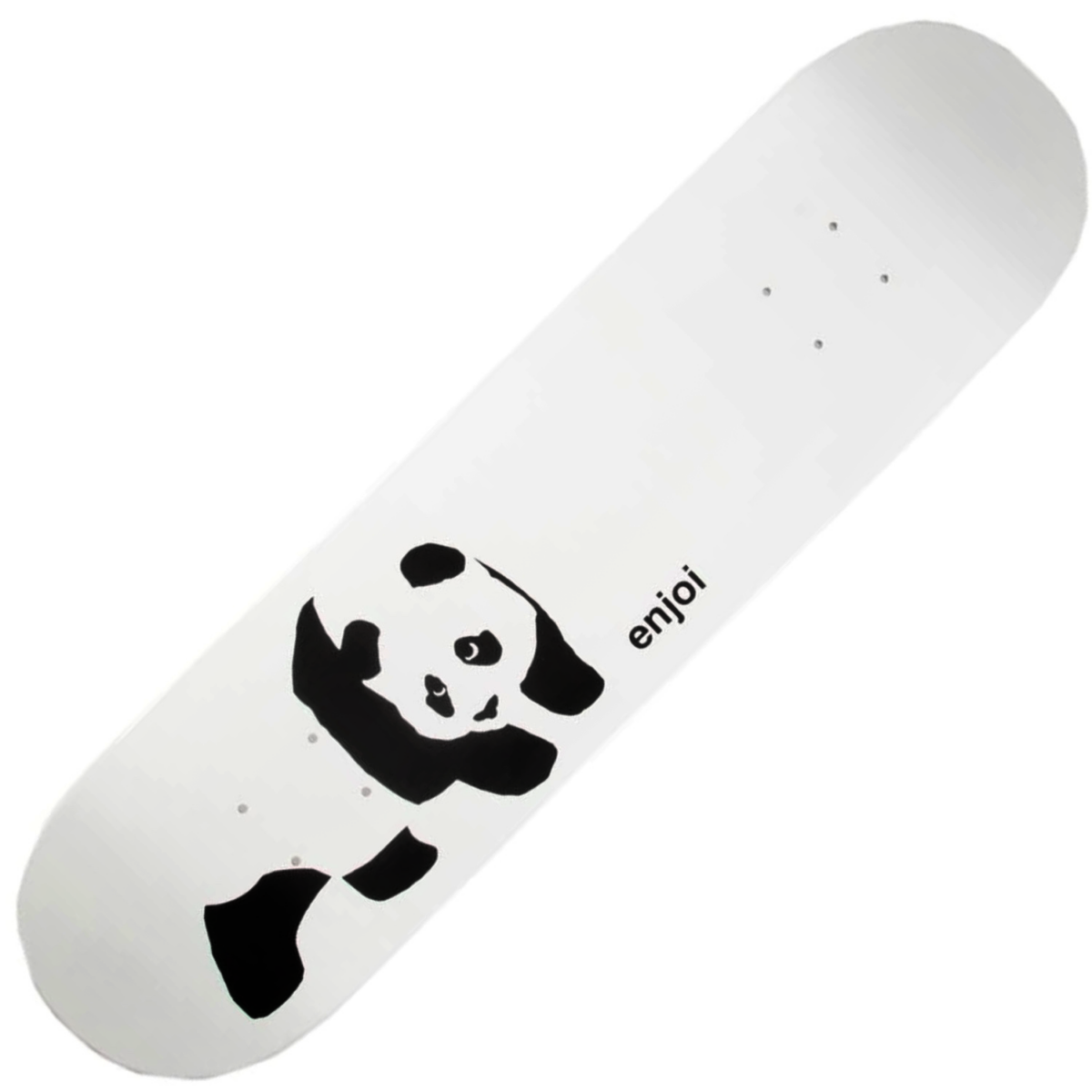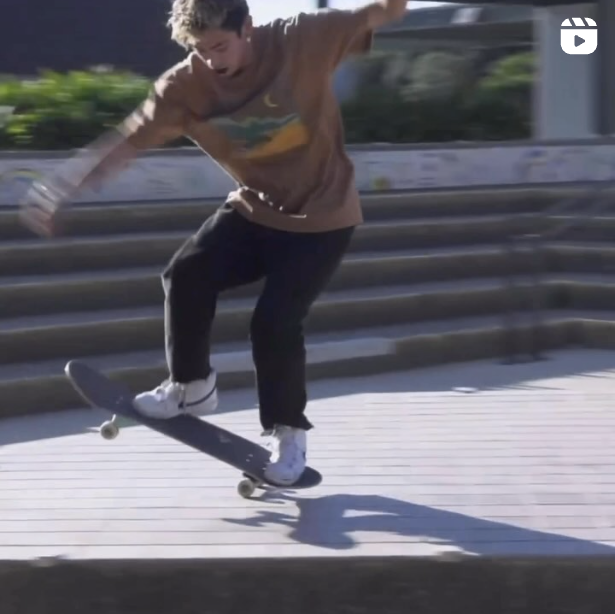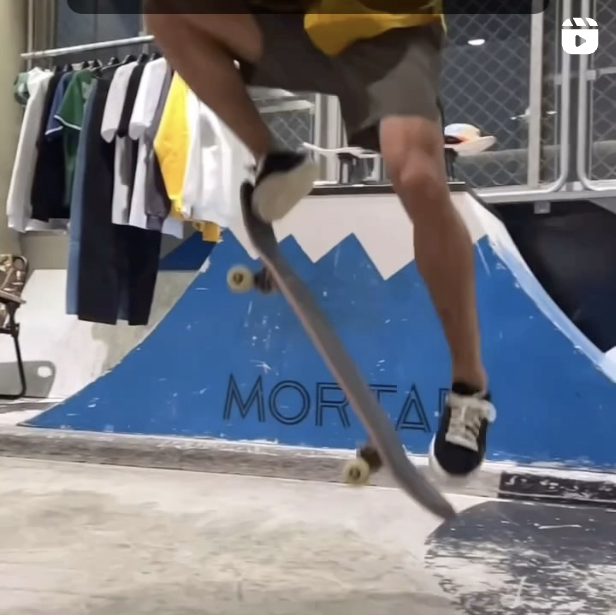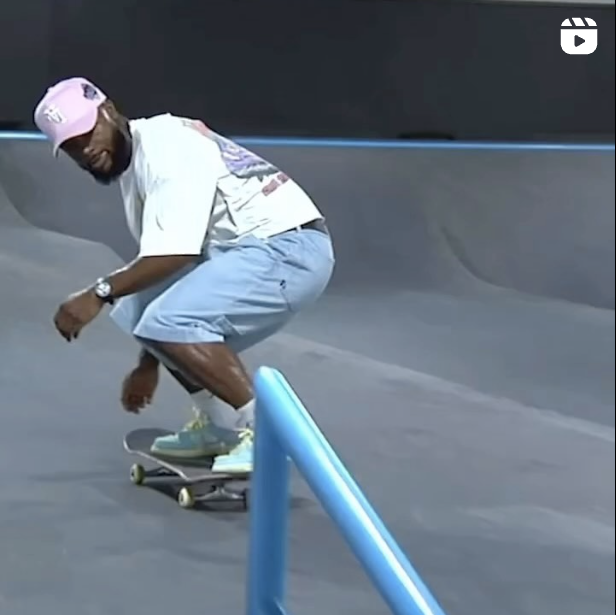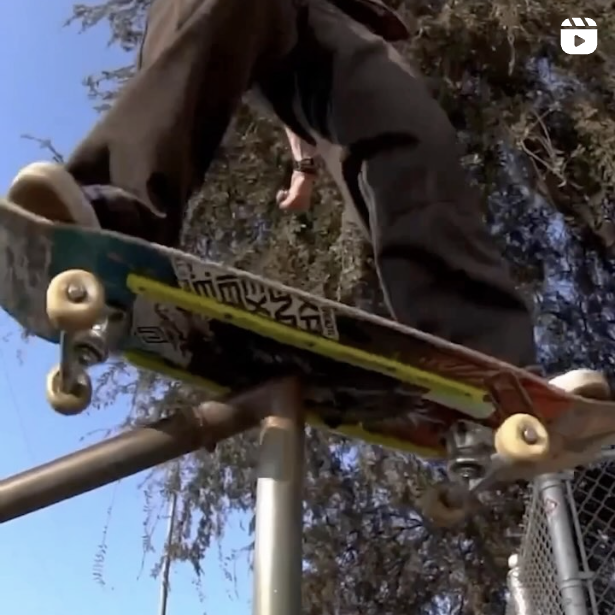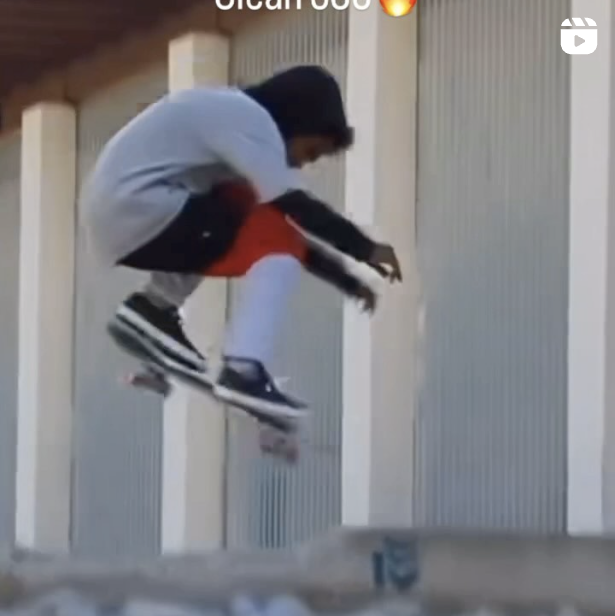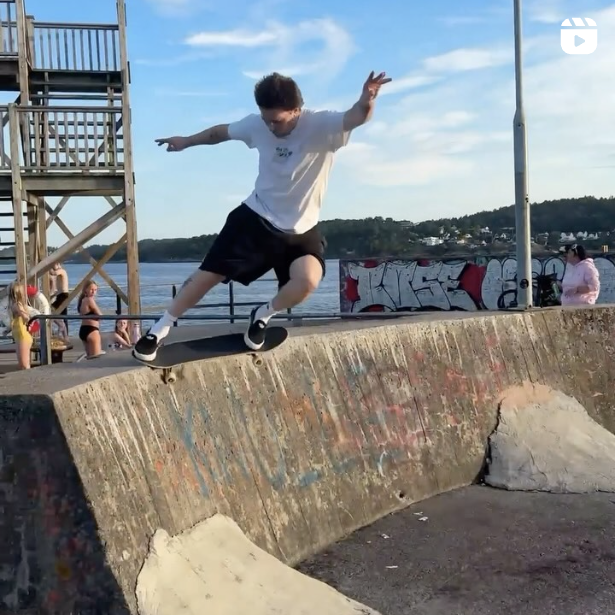Sometime in the 1950s, at the sun-soaked beaches of California, a bunch of surfers slapped some roller skate wheels on a wooden plank – skateboarding was born.
This wasn’t just about a new way to get around. It was the birth of a whole new sub-culture. The laid-back, free-spirited vibe of surf culture spilled onto the streets. Kids were embracing a new form of self-expression, one that came with its own fashion, lingo, and attitude.
When I first stepped on a board in the early 2000s, street skating was still very much on the fringes of society. Fast forward to today, and you’ll find skate-inspired fashion on runways and skateboarding in the Olympics. But how did we get here? Let’s dive into the radical evolution of skateboard culture.
This post will cover the historical changes and evolution of the sport; if you want something a little bit more like the dues and don’ts of skateboarding, take a look at my post on skateboarding etiquette. Additionally, the evolution of skateboarding in New York City is vastly different from that in Santa Monica or anywhere else. That’s just the way it is. This is a general overview of skateboarding culture in the United States.
A video titled ‘WATCH The EVOLUTION of Skateboarding.‘ from the B4PRO Skateboarding YouTube channel.
Key takeaways
- The skateboarding lifestyle has evolved from a rebellious subculture to a globally recognized sport, influencing art, fashion, and urban design along the way.
- Skate park culture has played a crucial role in the sport’s development, from the DIY spots of the past to the modern, city-planned facilities that foster community and skill development.
- The legal status of skateboarding has transformed over time, moving from outlaw status to legal recognition.
- The skateboarding community continues to push boundaries, embracing diversity, technology, and new forms of expression while maintaining its core values of creativity and individuality.
The Roots of Rebellion: Understanding Skateboarding Subculture
At its core, the skateboarder subculture is a community that has developed its own identity, values, etiquette, and ethos. It places a premium on creativity, individuality, and risk-taking. Unlike mainstream team sports controlled mainly by adults, skateboarding offers an alternative that celebrates personal expression and freedom.
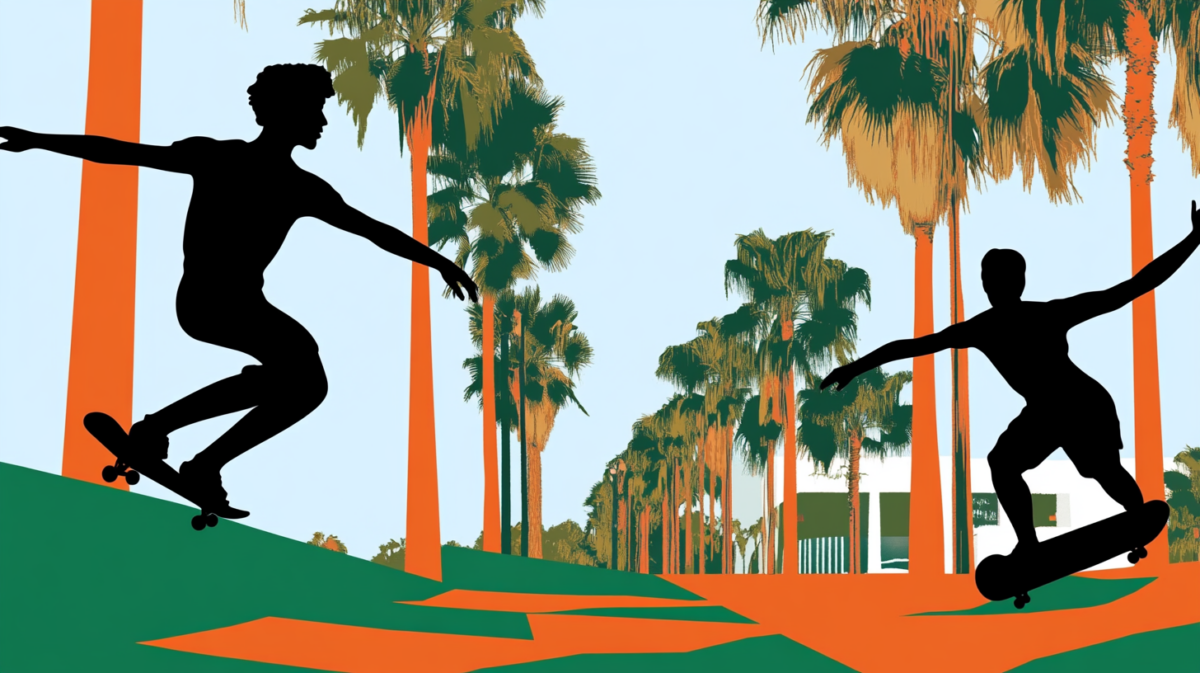
The roots of skateboarding culture are deeply intertwined with punk rock, and this connection has shaped much of its rebellious attitude. Both skateboarding and punk emerged as counter-cultural movements, rejecting societal norms and embracing a DIY ethos. This punk influence is evident in everything from the graphics on skateboards to the music featured in skate videos.
There’s no “right” way to skateboard – it’s alwasy been about developing your own approach and pushing your personal boundaries.
citation
What sets skateboarding apart is its emphasis on style and creativity. There’s no “right” way to skateboard – it’s always been about developing your own approach and pushing your personal boundaries. This focus on individuality has made skateboarding a natural home for misfits, artists, and free thinkers.
Bones REDS Skateboard Bearings

Bones REDS Skateboard Bearings
- High-speed
- Pre-lubricated
- Inexpensive
I may earn a commission if you make a purchase at no additional cost to you.
The art of rebellion: How skateboarding’s visual culture has shaped contemporary art
Skateboarding has always been about more than just riding a piece of wood with wheels. It’s a form of self-expression, and that creativity spills over into visual art. From deck graphics to skate videos, the aesthetics of skateboarding have influenced contemporary art in profound ways.
I remember poring over issues of Thrasher magazine, mesmerized by the bold graphics on the decks. Artists like Jim Phillips and Vernon Courtlandt Johnson created iconic skateboard art that defined the visual language of skateboarding. These designs weren’t just cool – they were a middle finger to the mainstream.
Today, skate art has gone high-brow. Companies like Stateroom are collaborating with contemporary artists to create limited-edition decks that sell for thousands of dollars.
The unexpected rise of style and fashion in the skateboard community
Fashion has evolved dramatically over the decades. In the early days, it was all about beach shorts and sun-bleached hair. By the ’80s, we saw a mix of punk and surf influences – think ripped jeans and band T-shirts. Today, skate fashion is a global trend, influencing high-end designers and streetwear alike.
When I started skating, our fashion choices were purely functional – baggy jeans to hide our pads and shoes that could withstand the grip tape. We never imagined that one day, high-fashion brands would be imitating our style. But here we are.
Have you ever noticed how skateboarding graphics have influenced other areas of design? From album covers to street art, that raw, rebellious aesthetic is everywhere.
citation
Skateboarding fashion is now a multi-billion dollar industry. Skateboard brands like Supreme and Palace have become global powerhouses, collaborating with luxury labels and selling out instantly. It’s surreal to see people who’ve never attempted a kickflip wearing Thrasher t-shirts.
This mainstream adoption of the skater style is a double-edged sword. On one hand, it’s amazing to see our culture recognized and celebrated. On the other, it sometimes feels like our identity is being commodified.

From VHS to viral: How the Social media and the digital revolution have transformed the way we experience and share skateboarding
The ’90s saw the birth of skate video culture, with VHS tapes becoming must-haves for every skater. These videos didn’t just show skating – they showcased the lifestyle, the music, and the attitude that came with it. Today, that spirit lives on in YouTube channels and Instagram reels.
The rise of social media and video-sharing platforms has revolutionized how we experience and share skateboarding. Back in my day, we had to wait weeks for videos to drop. Now, Instagram is the new skate spot, with skateboard influencers from around the world sharing clips instantly. This is a really good thing because there are some amazing skaters out there who would have never been in the spotlight previously. Now, they can open up a TikTok account or Instagram account for film sessions and have a huge following. It’s also allowed for more niche communities to form, connecting skaters with similar interests across the globe.
But there’s a downside too. Sometimes it feels like the pressure to constantly produce content takes away from the pure joy of skating. I miss the days when we’d spend hours trying a trick with no cameras around, just for the satisfaction of landing it.
Question: Social Media and Skateboarding
How has social media changed your skateboarding experience? Do you find yourself skating differently when you know you’re being filmed?
The legal battles and mainstream acceptance of skateboarding
One aspect of skateboarding history that’s often overlooked is the legal battles we’ve faced. In the early days of street skating, we were seen as a public nuisance. Many cities tried to ban skateboarding outright, treating us like criminals for simply practicing our passion. I remember the constant cat-and-mouse game with security guards, always looking for new DIY skate spots where we could practice without getting hassled.
Some countries, like Norway, even banned skateboarding entirely from 1978 to 1989. Can you imagine? An entire nation outlawing a sport! So stupid!
These legal challenges forced the skateboarding community to become politically active. We lobbied for the construction of public skateparks and fought against discriminatory laws. Slowly but surely, attitudes began to change.
Some countries, like Norway, even banned skateboarding entirely from 1978 to 1989. Can you imagine? An entire nation outlawing a sport! So stupid!
citation
Today, the legal landscape for skateboarding is vastly different. Many cities now recognize the value of skateboarding, both as a form of exercise and as a way to engage youth.
Diversity and toxicity in skateboarding
One of the biggest changes I’ve seen in skate park culture is the push for greater diversity and inclusion. When I was young, skateboarding was dominated by white dudes. Now, I’m seeing a much more diverse crowd at the skatepark. (Myself included, if y’all didn’t know, I ain’t white).
A recent study by the Pullias Center for Higher Education at USC showed that skateboarding culture fosters community, encourages diversity and resilience, and improves mental health.
While skateboarding has made great strides in inclusivity, it’s important to acknowledge the darker aspects of skate culture that still persist. One of the most visible manifestations of this is the often hostile attitude many skateboarders have towards scooter riders, particularly in skate parks. This territorial behavior reflects a deeper issue of gatekeeping within the community.
But the problem goes beyond inter-sport rivalries. There’s a complex relationship between skateboarding, identity, and rebellion that can sometimes foster toxic attitudes. Women often face additional barriers, bias, and discrimination as well, even if they are “good.” There are a lot more female skaters today than ever before.
Moving forward, the challenge for the skateboarding community is to maintain its spirit of creativity and non-conformity while actively working to dismantle biases and exclusionary practices.
Question: Balancing Tradition and Progress in Skate Culture
Have you witnessed or experienced exclusionary behavior in skateboarding? How do you think the community can address these issues while maintaining its unique culture? Or should it even try to maintain that culture if it means excluding others?
The heavy commercialization of skateboarding and its impact on the culture
The journey of skateboarding from a niche subculture to a global industry is a fascinating one. Skateboard competitions like the X Games and Street League Skateboarding have turned once-underground skaters into household names. Skateboarding legends like Tony Hawk and Rodney Mullen, and many more became millionaires, their names synonymous with the sport. These brought skateboarding into living rooms across America, introducing a whole new generation to the sport.
2021 was a landmark year – skateboarding debuted as an Olympic sport in Tokyo. From rebel pastime to the world’s biggest sporting stage, skateboarding has come full circle. And it’s not stopping there.
This mainstreaming of skateboarding has brought more resources and opportunities to the community. We now have better skateparks, and greater public acceptance. But it’s also led to concerns about the corporatization of skateboarding culture. As skateboarding becomes more regulated, are we losing some of the rebellious spirit that made it special in the first place?
The future of skateboarding as a subculture.
Looking to the future, skateboarding continues to evolve. We’re seeing the rise of electric skateboards, opening up the sport to commuters and adventure seekers. Skateboarding is no longer just about tricks—it’s about sustainable transportation, urban exploration, and pushing the limits of what you can do.
At its core, skateboarding is still about freedom, creativity, and pushing boundaries. Whether you’re cruising on a traditional deck, competing for Olympic gold, or zipping through traffic on an electric board, you’re part of an amazing culture that’s been shaping youth (and now adult) culture for over half a century.
I’m excited to see where skateboarding goes next. Will it continue to be embraced by the mainstream, or will there be a pushback to its rebellious roots?
The future of skate culture? It’s being written by every kid who picks up a board, every adult who rediscovers their passion for riding, and every innovator pushing the boundaries of what’s possible on four wheels. Here’s to the next chapter in skateboarding’s wild ride!+
Final thoughts
Skateboarding culture has come a long way. It’s shaped art, fashion, and attitudes, breaking barriers and pushing boundaries along the way.
Remember, whether you’re a seasoned pro or just starting out, the skateboarding lifestyle is about expressing yourself and having fun. So get out there, push your limits, and keep the stoke alive. After all, that’s what skateboarding culture is all about.
Frequently asked questions (FAQ)
Skateboarding culture has transformed dramatically since its inception in the 1950s. It began as an offshoot of surf culture in California and has evolved into a global phenomenon. The culture has progressed from a niche subculture associated with rebellion and punk rock to a mainstream sport recognized in the Olympics. Along the way, it has influenced fashion, art, music, and urban design, while still maintaining its core values of creativity, individuality, and risk-taking.
Social media has significantly transformed skateboarding culture. Platforms like Instagram and YouTube have democratized skateboarding content, allowing unknown skaters to gain recognition through viral clips. This has broadened the skateboarding community and connected skaters globally. However, it has also created pressure to constantly produce content, potentially taking away from the pure joy of skating. Social media has made skateboarding more accessible and visible, but it has also changed how tricks are learned, shared, and appreciated within the community.
Skateboarding’s inclusion in the Olympics has had a profound impact on its culture. It has brought unprecedented mainstream attention and legitimacy to the sport, potentially opening up new opportunities for skaters, especially in countries where skateboarding was previously marginalized. However, it has also sparked debates within the skateboarding community about authenticity and commercialization. Some see it as a positive step for visibility and acceptance, while others worry it may dilute skateboarding’s countercultural roots. Ultimately, it represents a new chapter in skateboarding’s ongoing evolution from subculture to global phenomenon.


